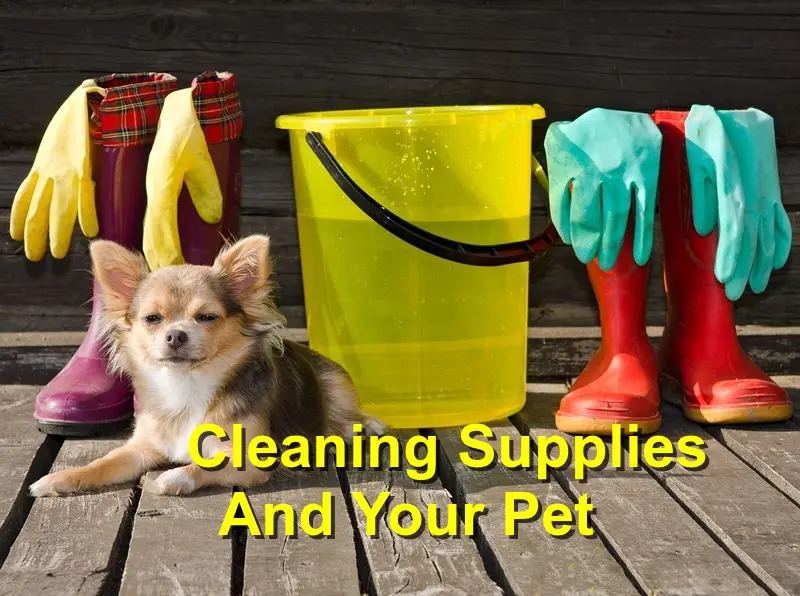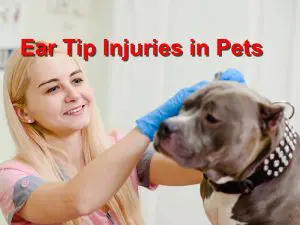Choosing the Right Household Cleaning Supplies for a Pet Household
Daily living with cats and dogs can make keeping your home tidy and clean quite challenging. From muddy footprints to the never-ending supply of fur, there’s a lot of dirt to deal with when you have pets. So, pet owners have to dust, scrub and mop their homes to ensure it is clean for everyone. However, is all that cleaning safe and healthy for your pets?
While most household cleaning products only cause minor symptoms like diarrhea and vomiting in pets, some products that help to disinfect and clean your harm can harm your pets. According to the American Pet Poison Helpline, household cleaning supplies are sixth on its list of the toxic products for pets. Some of the dangerous cleaning products include bleach, phenol-based products, and detergent pods. Other notable cleaning products that are toxic to both cats and dogs include:
• Pool chemicals
• Drain cleaners
• Oven cleaners
• Lime-removal disinfectants
• Concentrated dishwashing products
• Concentrated toilet disinfectants
How to know if you are using a safe cleaning product
Many pet owners find it hard to differentiate between safe and toxic household cleaners for their pet households. An easy way to distinguish these two is to smell the products since items that have a stronger smell are generally more dangerous. Also, check for the words “DANGER” and “CAUTION” on the product label. The “DANGER” label means that the item is caustic or corrosive, and can probably cause serious injury to both your pet and your body.
Caustic or corrosive cleaning products can cause severe chemical burns when exposed to your pet’s skin and fur as well as more serious issues when ingested, like tissue damage or death. Ensure you seek immediate vet care if your cat is exposed to such toxic cleaning products.
Symptoms of caustic or corrosive injury
• Severe drooling and mouth pawing
• Scarred, raw skin
• Skin blistering
• Fever and pain
• Lethargy
• Tearing of eyes
What to do if your pet is exposed to corrosive cleaning products
• Start by getting your pet away from the product to another area
• Gather the substance or container to take to the vet
• Contact your vet for immediate recommendations on how to proceed
• If the cleaning product was chewed on or ingested, flush the pet’s mouth using tap water, while ensuring they do not choke.
• For cats, it is recommended to use chicken broth or tuna water for flushing the mouth
• After you’ve done these steps, get veterinary attention immediately
If the corrosive substance was exposed onto the fur or skin of your pet, here’s what you should do:
• Flush the area with water while using protective gear, like gloves to stay safe
• Gather the substance or container to take to the vet
• Apply sterile lubricant like KY Jelly onto the affected part, but don’t apply anything else like neutralizing agents or chemicals
• Cover the area loosely with bandage or gauze
• Seek quick veterinary attention
References: Pet Health Network, News-Mail, Dogs Naturally




